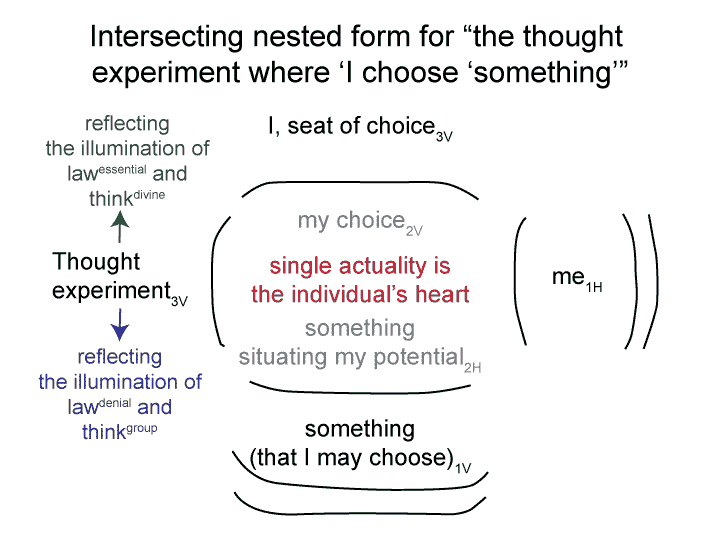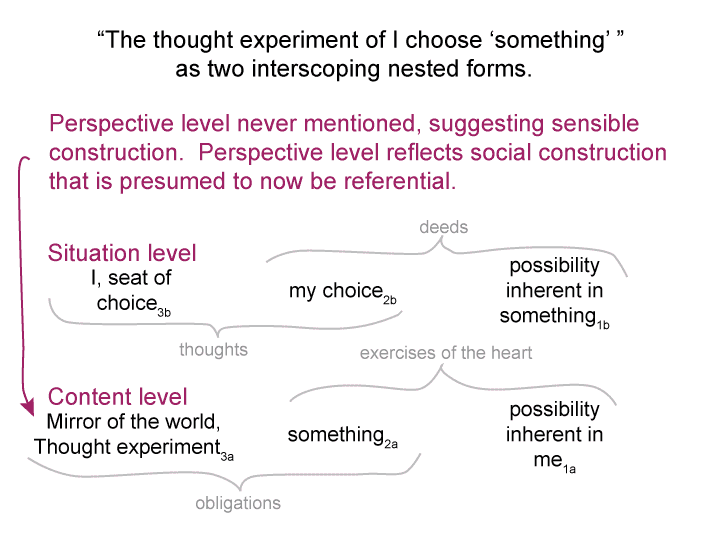Man and Sin by Piet Schoonenberg (1964) 2.3 SK
[The thought experiment where ‘I choose ‘something’ serves as a categorical tool for investigating Schoonenberg’s passage on responsibility and freedom.
What Schoonenberg expressed, the text itself, stands within the shell of Modernism.
What Schoonenberg was required to express as a Jesuit theologian included the husk of pre-modern Scholasticism.
Perhaps, only by dying in the cryptotheology of Modernism (with its complete fixation on the realm of actuality) and by cracking the coat of pre-modern Scholasticism (with its reliance on signs, without knowing ‘what signs are’), could this text germinate into an exercise in postmodern Scholasticism.]


